The KV-14 (SU-152) SPG was accepted into service on February 14th, 1943. It was designed primarily to combat enemy fortifications, but its first use in combat pitted it against German tanks. Work on tank destroyers on the SU-152 chassis began in the spring of 1943. Even though none of these projects was implemented in metal, the work eventually led to the ISU-122.
Unification of the mount
The Soviet artillery school, like the American and German, often created artillery systems where two guns (duplex) or three guns (triplex) shared the same mount. At the start of the Great Patriotic War two systems formed the backbone of Soviet corps artillery: the ML-20 and A-19. The A-19 was the first large caliber gun designed entirely in the USSR. The ML-20, built under the direction of F.F. Petrov, had a similar, but improved mount. The installation of the A-19 barrel on the ML-20 mount resulted in the improved 122 mm corps gun model 1931/37.
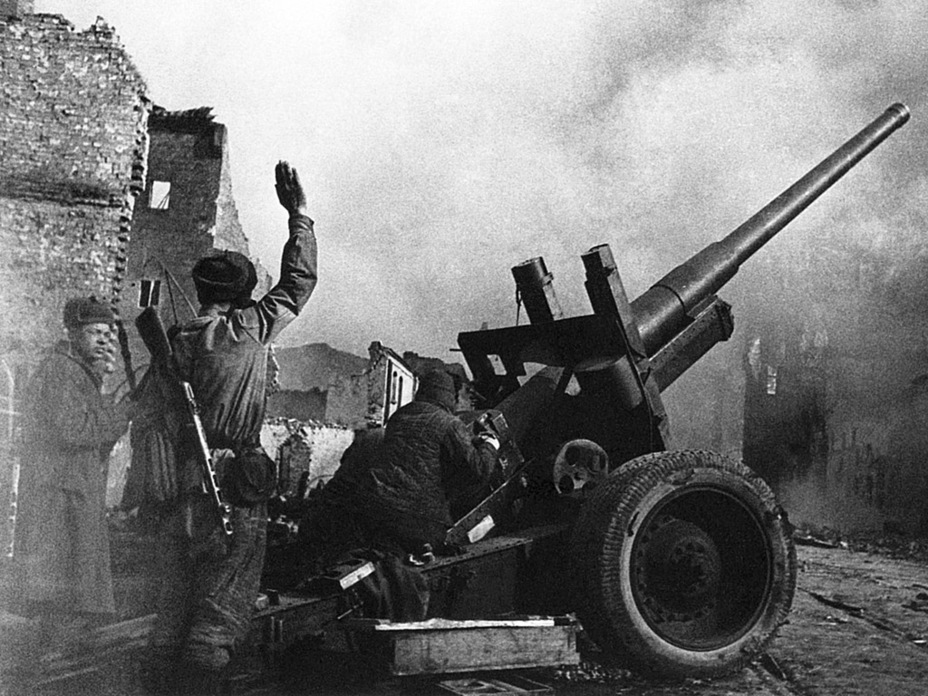
In 1940 the gun was evaluated as a bunker buster. While the armour piercing shell performed poorly and had to be improved, calculations showed that it could penetrate 130 mm of armour at 30 degrees from 1000 meters. This penetration came in third among high caliber systems designed to be used against fortifications. Instead, the naval 130 mm B-13 gun and 152 mm high power Br-2 gun were used to equip bunker buster SPGs.
The start of the war put things in their place. The A-19 was used in direct fire roles from the very beginning, sometimes even against tanks. Even though the Germans periodically felt the outstanding power of the gun, it was not considered anti-tank artillery up to the spring of 1943. The 107 mm high power gun seemed like a more promising weapon. However, neither the M-75 nor the ZIS-24 towed anti-tank guns were successful in trials, and their installation in SPGs did not proceed past paper.
The situation changed in the spring of 1943. German Tiger tanks were captured near Leningrad, and in early February of 1943 the German heavy Pz.Sfl.V tank destroyer on the chassis of the VK 30.01(H) tank was captured near Stalingrad. A description was composed at the NIBT proving grounds in Kubinka in March of 1943. The proving grounds staff suggested installing the A-19 gun on a KV-1 chassis to create an analogue of the German vehicle.
The Soviets did not develop a German style tank destroyer. However, a «122 mm A-19 SPG on the SU-152 chassis» turned up as a project by April of 1943. This work was initiated by the Artillery Committee of the Main Artillery Directorate (GAU). Work on installing the A-19 in the SU-152 was underway at the Chelyabinsk Kirov Factory (ChKZ) by April 28th. The prototype was scheduled to be ready by May 10th. However, the work stalled, and there was no information about this vehicle after that.
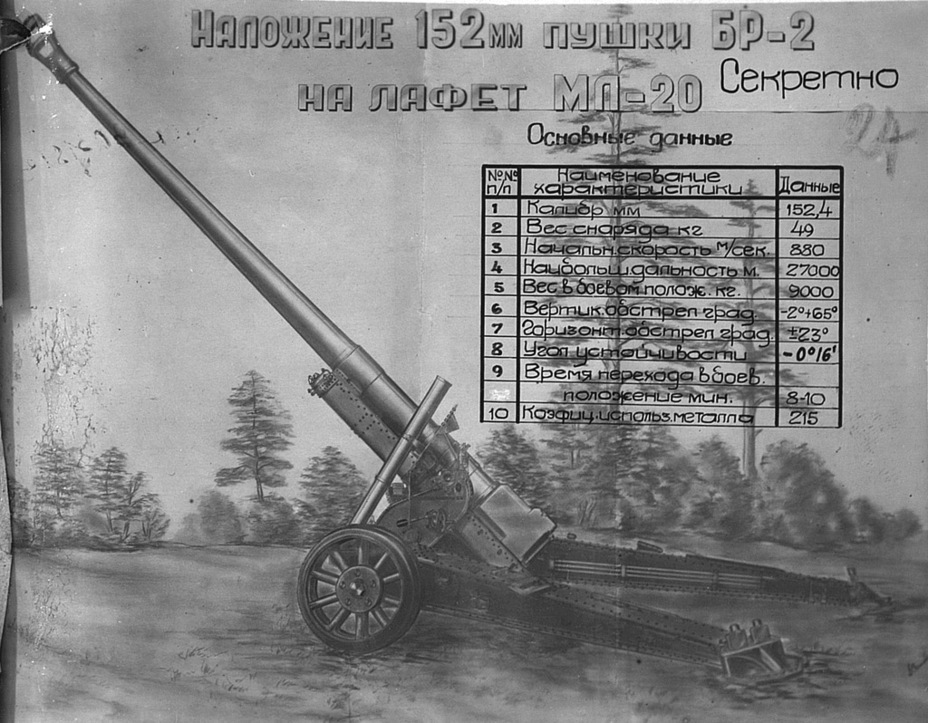
There was another project that was never mentioned in GABTU documents. It began in October of 1942, when the design bureau of factory #8 developed a whole slew of artillery systems unified on the M-30 and ML-20 mounts. The ML-20 mount was used with the 203 mm U-3 barrel and the 152 mm high power Br-2 gun. These guns would also be used on the ZIK-20 heavy SPG that was also being developed at the design bureau of factory #8.
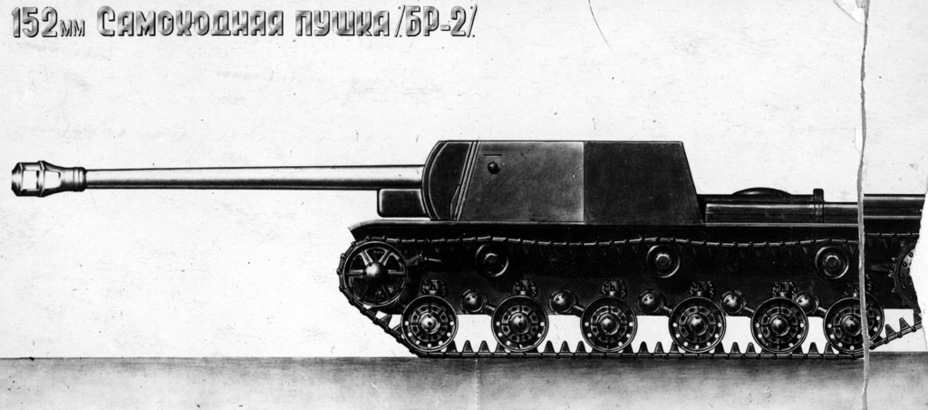
Factory #8 was split in November of 1942. The remainder of factory #8 worked on towed guns, the new factory #9 developed tank and SPG guns. F.F. Petrov continued to work on towed guns. The Br-2 on an ML-20 mount was indexed D-4. This gun was put through trials but did not enter production. The idea of installing the Br-2, or rather the D-4, on a self propelled chassis returned in the spring of 1943. This time the SU-152 was considered a suitable chassis. Since the mounts of the two guns were the same, this would have been theoretically possible, but the project remained on paper. Only sketches remain, but this was only the first of many long-barrelled SU-152 projects.
A longer barrel
Another pivot in Soviet tank building took place in July of 1943. A number of new German tanks and SPGs made their debut at the Battle of Kursk, including the Ferdinand heavy tank destroyer. To say that Soviet specialists took note of this SPG is a wild understatement. The appearance of the German vehicle at Ponyri triggered a number of projects. For instance, requirements for the Object 701 heavy tank (future IS-4) were developed in November of 1943 specifically to design a counter to the Ferdinand. A report dated July 20th, 1943, less than a week after the end of active fighting, indicates how seriously the Soviets took this threat. The military demanded that the new IS-85 heavy tank must have not only an 85 mm gun, which they considered obsolete, but 100, 122, and even 152 mm guns.
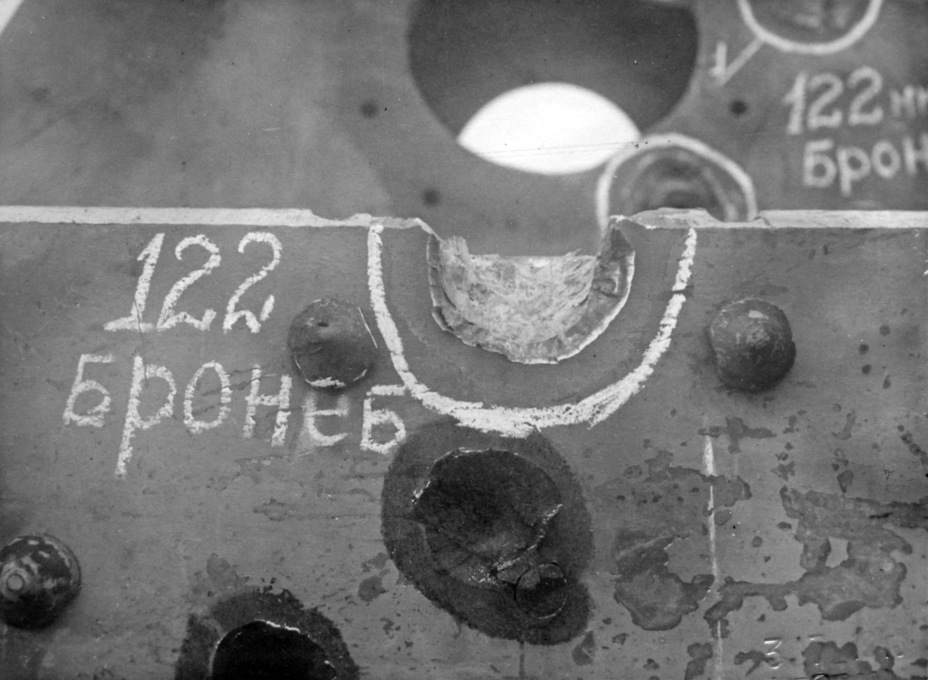
A list of work on tank, anti-tank, and self propelled guns dated September 15th, 1943, once again listed the 107 mm M-75 gun. One of the reasons why the gun, abandoned in 1942, made a sudden comeback was that it was installed on the ML-20 mount. The idea of an SPG with the M-75 died in the summer of 1941, but had a good chance at a comeback two years later, since there were at last worthy targets for it.
However, the return of the 107 mm guns was short lived. The same letter that mentioned the M-75 contained a proposal by the Chairman of the Artillery Committee, Major General Hohlov, to cancel a number of projects and replace them with more promising ones. Among them was an SPG with a 122 mm gun that had a muzzle velocity of 1000 m/s. A meeting of the Technical Council of the People's Commissar of Armament (NKV) was held on the same day. Work on the lengthened 122 mm gun was approved.
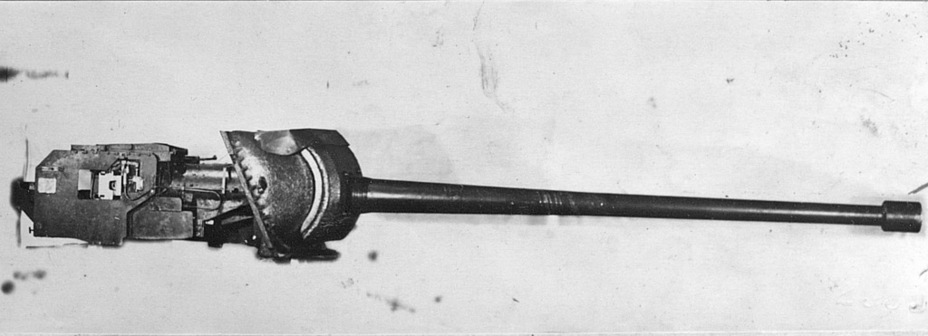
On September 24th, a letter was sent to the chief of the Central Artillery Design Bureau (TsAKB), Major General V.G. Grabin from the NKV Technical Council. A similar letter was sent to factory #172 director A.I. Nehovskiy and chief of OKB-172 NKVD Lieutenant Colonel N.A. Ivanov.
«According to a decision made by the People's Commissar of Armament and the GAU Chief, you are to begin development of a 122 mm tank and SPG gun with a muzzle velocity of 1000 m/s with the 25 kg shell. I ask you to produce a draft by October 10th of this year. Pay close attention to the ballistics and barrel of the gun. At the same time, send a list of draft tactical-technical requirements for such a gun to the NKV and Artillery Committee.
The aforementioned 122 mm gun would be installed on the chassis of the SU-152 SPG and the T-34 tank. In the case of the latter, this will be an SPG with comparatively weak armour with an open top. The tank gun will be installed on the IS tank with thicker armour. The draft project must resolve all unclear issues about whether or not it is possible to install this gun on the aforementioned chassis.»
3 days later the Artillery Committee approved tactical-technical requirements. The gun was propsoed in two variants: for tanks and for SPGs. The rate of fire was set at 6-7 RPM. The designers were tasked with the creation of a gun that could penetrate 200 mm of armour, hinting at what the target for this gun would be. The high explosive round was taken from the A-19.
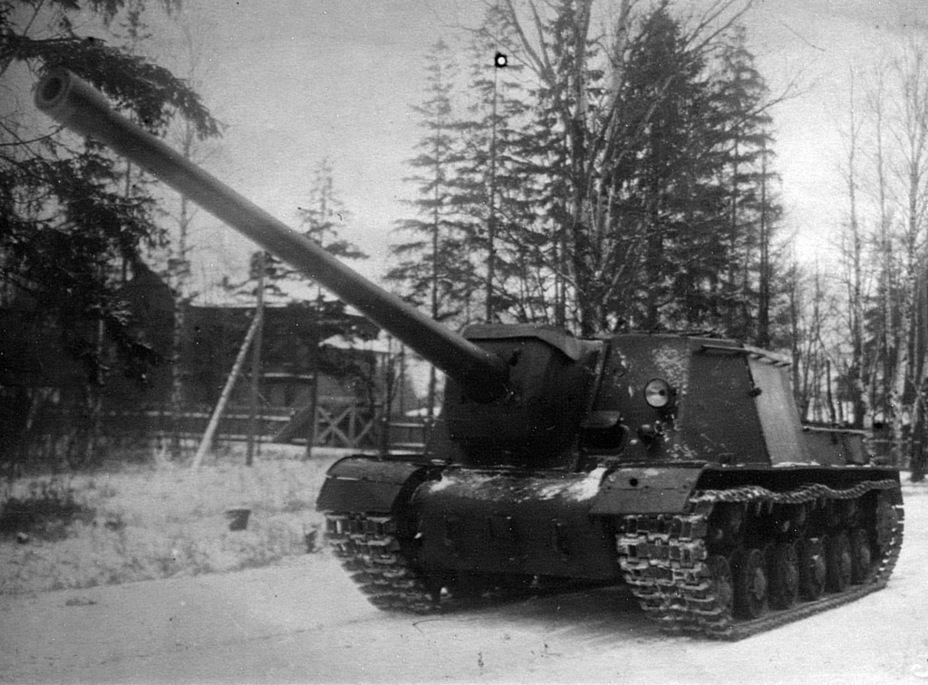
The TsAKB project had a complex history. According to correspondence, the bureau received the requirements and began work on September 25th. The 122 mm long-barreled gun was given the index S-26-1. At the same time, the TsAKB chief managed to push through a 130 mm tank and SPG gun with the ballistics of the B-13 naval gun. Development of the project, titled S-26, was delayed. It was only approved in early 1944. Because of this, the S-26 and S-26-1 were designed for the ISU-152, which entered production in late 1943.
Paper battles in Perm
The GAU Artillery Committee assumed that the design bureaus at factory #172 would work on the gun together, but the design bureau of factory #172 and OKB-172 produced competing projects. OKB-172 had its documentation ready in record time, only two weeks. The work was directed by the chief designer of land artillery at OKB-172, M.Yu. Tsiryulnikov. Like other workers of the «science prison», he was serving time, but by the time the project began he was pardoned by GKO decree #3612 issued on June 18th, 1943, for his work on the M-42 45 mm anti-tank gun. Beria himself argued for Tsiryulnikov's freedom.
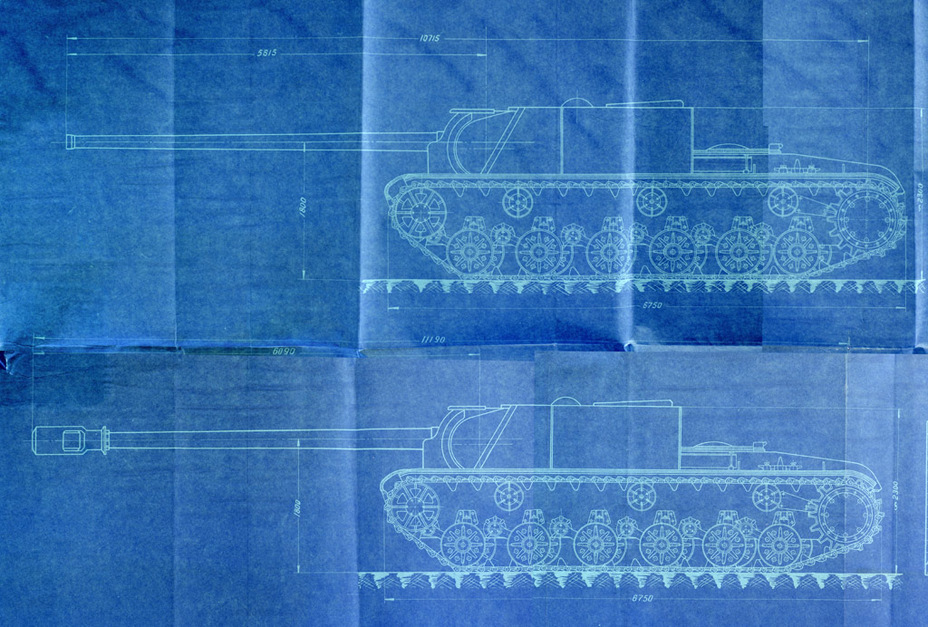
The draft projects were presented to the Artillery Committee Chair by October 5th, 1943. In addition to a 122 mm high power gun, OKB-172 designed a draft project of the OBM-43 152 mm gun with the ballistics of the Br-2 high power gun in the SU-152. The gun was similar to the D-4, with the difference that the OBM-43 used Br-2 ammunition instead of ML-20 ammunition. This was a significant advantage, since it would use the same ammunition as corps artillery. The development of a self propelled version of the OBM-43, indexed OBM-53, seemed reasonable.
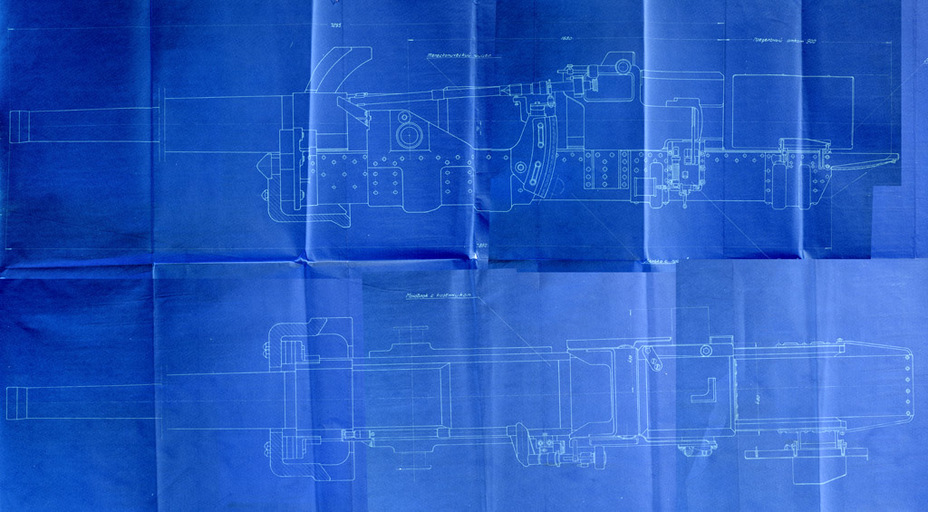
The OBM-50 was designed in three variants at OKB-172. They all had the same muzzle velocity: 1000 m/s. The first (variant A in documents) had the an 8566 mm long barrel (L/70.2) and a maximum pressure of 2670 kg/cm². The design of the gun was the closest to that of the 122 mm A-19. On October 28th two additional variants of the OBM-50, indexed Variant I and II, were proposed. Variant I had a shorter barrel (8390 mm or L/68.7) with a 990 mm long chamber. Variant II had a 7430 mm (L/60.9) barrel and a 990 mm long chamber with pressure increased to 3000 kg/cm². The increase in pressure required a new sliding breech.
The Artillery Committee gave its conclusion on November 12th. The first department of the artillery committee proposed a gun with their own ballistics: 7440 mm long barrel and a maximum pressure of 3200 kg/cm². The Artillery Committee had to choose from four different designs. Variant II was chosen due to its sliding breech. A request was made to either increase the space between the guide rings or rework them, since the current design would result in high vibrations. The committee also required that the breech should be simpler and its width should be reduced to 420-450 mm. A roller type semiautomatic mechanism was also suggested.

The OBM-53 project was launched in parallel. By this time the SU-152 was no longer the option for a chassis. The last SU-152s were built at ChKZ in November of 1943, after which production of the ISU-152 began. Of course, the OKB-172 did not cease development of its high power guns. They were built and even tested, but on the ISU-152. By then the OBM-53 was called BL-8 (Beria Lavrentiy, a new index for all OKB-172 products) and the OBM-50 became the BL-9.

The factory #172 design bureau did not sit around idly. The draft of a 122 mm high power gun indexed M-21 was ready by October 9th, 1943. Work on the M-21 was led by the chief of the design bureau, V.A. Ilyin (at the time he was also the chief designer). The elevation and traverse mechanisms, cradle armour, and sights were taken from the ML-20S. The cradle and frame were also borrowed with some changes. The barrel was 7747 mm (63.5 calibers) long. Calculations showed that the M-21 was supposed to penetrate 208.4 mm at normal from 1000 meters or 169.8 mm at 30 degrees.
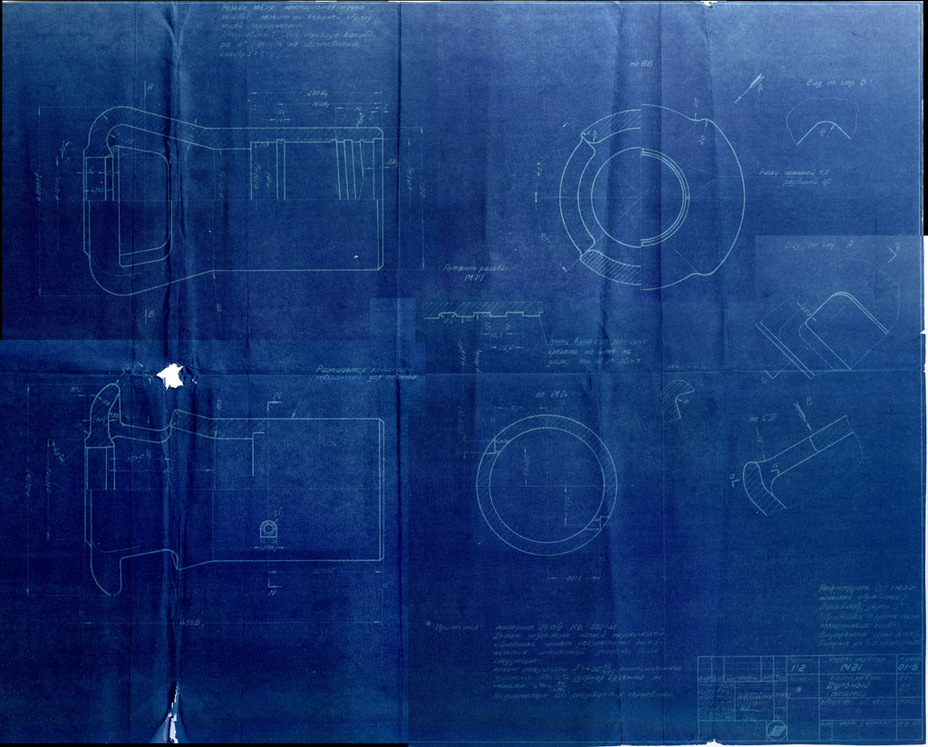
According to the tactical-technical requirements for the gun, it was equipped with a muzzle brake that consumed 50.4% of the blast. The M-21 also had a sliding breech that was the almost the same as the breech of the 107 mm M-75 gun, only some minor changes set it apart. The firing mechanism was analogous to that of the ZIS-3 gun. The cradle included a recoil system control plunger that further reduced the recoil length. The trigger mechanism was reworked to work with a sliding breech. No changes were planned for the SU-152 casemate, only ammunition racks had to be adapted to the new gun.

Unlike the OBM-50, factory #172's project was never built in metal. It was clear that the OKB-172's designers were much more promising even at the review stage. The draft spent over a month without changes. The Chair of the Artillery Committee received the project from the Technical Council of the NKV only on November 12th, the day that the conclusion on the OBM-50 was made. The OKB-172 project was already accepted and the M-21 was extraneous. Of all the 122 mm guns it was the only one to have a muzzle brake, not the greatest feature for a tank destroyer.
Translated by Peter Samsonov. Read more interesting tank articles on his blog Tank Archives.
Sources:
- Central Archives of the Russian Ministry of Defence;
- Russian State Archive of Film and Photo Documents;
- Sergey Ageev's archive.






